- Flat Brushes
- Round Brushes
- Synthetic Brushes
- Natural Brushes
- Foam Brushes
- Filbert Brushes
- Angled Brushes
- Fan Brushes
- Bright Brushes
- Water Brushes
- Liner Brushes
- Mop Brushes
- Trim Brushes
- Rigger Brushes
- Stencil Brushes
- Varnishing Brushes
- Dagger Striper Brushes
- Stippler Brushes
- Filbert Rake Brushes
- Sword Brushes
- Fountain Brushes
- Wave Brushes
- Needle Pointed Brushes
- Whale’s Tail Brushes
- Fandango Brushes
- How to Choose the Right Paintbrush?
- 1.What Paintbrushes are made of?
- 2.What are Thin Painting Brushes?
- 3.What are Thick Painting Brushes?
- 4.What are the Different Types of Acrylic Paintbrush?
- 5.What are the Different Types of Watercolor Paintbrush?
- 6.What are the Different Types of Oil Paintbrush?
- 7.What are the essential Paintbrushes in Art?
- 8.What are the Best Brands of Paintbrushes?
- 1.
A paintbrush is a versatile tool artists use to apply paint or ink to a surface while creating artwork. They usually have many bristles clamped into a long handle like a wand. Paintbrushes come in different sizes and shapes to create various effects and techniques in an artwork. From fine details to bold strokes to textured applications, there is a paintbrush for every artistic need.
The different types of paintbrushes in art include flat brushes, round brushes, synthetic brushes, natural brushes, foam brushes, filbert brushes, angled brushes, fan brushes, bright brushes, water brushes, liner brushes, mop brushes, trim brushes, rigger brushes, stencil brushes, varnishing brushes, dagger striper brushes, stippler brushes, filbert rake brushes, sword brushes, fountain brushes, wave brushes, needle pointed brushes, whale’s tail brushes, and fandango brushes.

The 25 different types of paintbrushes in the art are described below:
- Flat Brushes: Flat brushes have square edges and are versatile for use. They are ideal for bold strokes, filling wide spaces, and creating sharp edges.
- Round Brushes: Round brushes have a pointed tip and a round ferrule. They are perfect for detailed work, lines, and curves.
- Synthetic Brushes: Synthetic brushes are durable and made from nylon or polyester. They are ideal for working with acrylic or watercolors.
- Natural Brushes: Natural brushes are made from natural animal hair and hold more paint and water. They are excellent for strokes and washes.
- Foam Brushes: Foam brushes are mainly used to cover large areas with paint. They are affordable, disposable, and excellent for base coats and varnishing.
- Filbert Brushes: Filbert brushes have flat and oval-shaped ends, which are great for blending and creating soft edges.
- Angled Brushes: Angled or slanted brushes are specifically for precise strokes and curves. Artists mainly use these for detail work and cutting in.
- Fan Brushes: Fan brushes have bristles in a fan-like shape. They are ideal for blending, feathering, and creating textures like grass or fur.
- Bright Brushes: Bright brushes are typically flat and have short bristles. They are great for short strokes and applying heavy paint.
- Water Brushes: Water brushes contain a water reservoir and are convenient for watercolor painting and blending on the go.
- Liner Brushes: Line brushes are thin with long bristles, ideal for fine lines and detailing.
- Mop brushes: Mop brushes are usually large, rounded, and soft. They are best for blending, creating washes, and softening edges.
- Trim Brushes: Trim brushes are similar to bright brushes with long bristles. They are ideal for fine details and edge work.
- Rigger Brushes: Rigger brushes are long and thin, great for fine lines and complex details.
- Stencil Brushes: Stencil brushes are round with soft bristles. They are used for applying paint through stencils without it bleeding underneath.
- Varnishing Brushes: Varnishing brushes are wide and flat, which is ideal for applying varnish and sealants smoothly and evenly.
- Dagger Striper Brushes: Dagger striper brushes feature long and slanted bristles. They are perfect for strokes and decorative painting.
- Stippler Brushes: Stippler brushes are round and stiff to create textures and patterns through the stippling technique.
- Filbert Rake Brushes: Filbert rake brushes are similar to filbert brushes but have split ends. They are mainly used to create textures like hair and grass.
- Sword Brushes: Sword brushes are long, tapered, and used to create calligraphic effects.
- Fountain Brushes: Fountain brushes have a built-in internal reservoir to store and continuously supply paint.
- Wave Brushes: Wave brushes have a unique wavy bristle pattern to create textures and decorative effects.
- Needle-Pointed Brushes: Needle-pointed brushes have extremely fine tips for complex details and precision work.
- Whale’s Tail Brushes: Whale’s tail brushes feature bristles mimicking a whale’s tail. They are used for bold strokes and unique textures.
- Fandango Brushes: Fandango brushes are oval-shaped and versatile. They can help achieve a variety of textures and patterns.
Flat Brushes

Round Brushes

Synthetic Brushes

Natural Brushes

Foam Brushes

Filbert Brushes

Angled Brushes

Fan Brushes

Bright Brushes

Water Brushes

Liner Brushes

Mop Brushes

Trim Brushes

Rigger Brushes

Stencil Brushes

Varnishing Brushes

Dagger Striper Brushes

Stippler Brushes

Filbert Rake Brushes

Sword Brushes

Fountain Brushes

Wave Brushes

Needle Pointed Brushes

Whale’s Tail Brushes

Fandango Brushes

Fandango brushes come in various sizes, ranging from from 1/4 inch to 1 inch, to accommodate different artistic needs. The bristle shape varies, often featuring unique patterns to create special effects. The bristles are usually synthetic for durability. Fandango brushes are ideal for decorative painting, complex designs, and unique patterns. However, they are not suitable for smooth painting techniques.
How to Choose the Right Paintbrush?
To choose the right paintbrush, consider the type of artwork, the brush shape, brush size, bristle type, medium compatibility, and quality and price.
The factors to consider for choosing the right paintbrush are listed below.
- Type of Artwork: The type of artwork you create is essential to consider before choosing the paintbrushes. For example, you may require liner or round brushes for fine detail work. Abstract art requires large, fan, or flat brushes, and calligraphy art needs dagger striper and sword brushes for intricate strokes and patterns.
- Brush Shape: The brush shape can determine the strokes and effects you can achieve. For example, flat brushes are ideal for bold strokes and sharp edges, filbert brushes are suitable for blending, fan brushes are for creating textures, and angled brushes are for precise strokes.
- Brush Size: Brush size affects your artwork's scale and detail. The sizes range from very fine for intricate details to large for covering large areas. Small brushes are best for fine details and small areas, medium brushes are versatile for both detailed work and larger areas, and large brushes are ideal for washes and backgrounds.
- Bristle Type: Paintbrushes come with different types of bristles, like synthetic and natural bristles. Synthetic bristles are durable and versatile, suitable for acrylics and watercolors. On the other hand, natural bristles are ideal for oils and watercolors. They are made from animal hair and hold more paint and water to provide a smoother application. The type of bristles influences the texture and flow of your strokes, so choose wisely.
- Medium Compatibility: Medium compatibility is important because different paintbrushes are designed for specific mediums. Choosing a brush that is compatible with your medium ensures better performance. For example, synthetic brushes are preferred for acrylics due to their durability, natural or synthetic brushes that hold water are ideal for watercolors, and natural bristle brushes are excellent for oil paints as they hold paint well.
- Quality and Price: Paintbrushes come in various qualities and varying prices. You need to choose the right ones according to your needs and requirements. Professional artists use high-quality brushes for better performance, precision, and durability. However, they come at a high price. If you are a beginner or a student, choose affordable brushes, though they may wear out quickly.
What Paintbrushes are made of?
Paintbrushes are usually made of bristles or brush hair attached to a handle. The bristles can either be natural or synthetic.
Natural bristles are made from animal hair, like hog, sable, squirrel, raccoon, rabbit, horse, pony, wolf, or sheep. They are known for holding paint and water efficiently, providing smooth and consistent application. Synthetic bristles are made from materials like nylon or polyester and are known for their durability, versatility, and ease of cleaning.
The bristles are secured in a metal band that holds them and attaches them to the handle, usually wood or plastic. This combination of materials ensures that paintbrushes can cater to various artistic techniques and mediums.
What are the different parts of a paintbrush?
A paintbrush features several parts, including the handle, ferrule, and bristles. The handle is made of wood or plastic, forms the main body of the brush, and makes up about 50-70% of its total length. The ferrule is a metal band that connects the handle to the bristles and takes around 10-20% of the brush's length. The bristles, or brush hair, take up the remaining 20-30%. They are important for applying paint and come in various shapes and materials to suit different artistic needs.
What are the different shapes of paintbrushes?
The different shapes include flat brushes, round brushes, filbert brushes, fan brushes, and angled or slanted brushes. Each shape serves a unique purpose, helping artists achieve various effects in their artwork.
What are the different sizes of paintbrushes?
The different sizes of paintbrushes include small, medium, and large brushes. Small brushes, ranging from sizes 000 to 2, are ideal for detailed work and fine lines.

Medium brushes, sized between 4 and 8, offer versatility for both detail and broader strokes. Large brushes, sized 10 and above, are used for covering extensive areas and bold strokes.
What are Thin Painting Brushes?
Thin painting brushes are brushes with fine tips specifically designed for detailed and precise work in art. They include liners, riggers, and detail brushes with narrow bristles to create intricate lines, delicate strokes, and small highlights.
What are Thick Painting Brushes?
Thick painting brushes are broad and sturdy, designed to cover large areas and create bold strokes. They include flat, bright, and mop brushes. Thick brushes are ideal for backgrounds, washes, and adding texture to a painting.
What are the Different Types of Acrylic Paintbrush?
The different types of acrylic paintbrushes include flat brushes to fill large areas, round brushes for detailed work, filbert brushes for blending, fan brushes for textures, and angled brushes for precise work. These brushes allow you to achieve various effects while making an acrylic painting.
What are the Different Types of Watercolor Paintbrush?
The different types of watercolor painting brushes include round, flat, mop, filbert, and detail brushes. These brushes provide the control and fluidity needed for watercolor techniques, allowing you to achieve a variety of effects in your watercolor paintings.
What are the Different Types of Oil Paintbrush?
The different types of oil painting brushes include bristle brushes for applying thick layers of paint, filbert brushes for detail work, round brushes for fine lines, and fan brushes for blending and creating textures.
What are the essential Paintbrushes in Art?
Essential paintbrushes in art refer to important brushes with various shapes and sizes to cover various techniques and effects. These essential paintbrushes include flat, round, filbert, fan, and detail brushes. These key brushes help you with various artistic styles, textures, and effects.
What are the Best Brands of Paintbrushes?
The best brands of paintbrushes are Winsor & Newton, Da Vinci, Escoda, Princeton, and Raphael. These brands are known for their exceptional quality, durability, performance, and professional results in the artwork.
George, CEO of Photo2painting, is a passionate art lover and entrepreneur. He founded Photo2painting.com from scratch, inspired by his artist friends. As the company's CMO, he manages content and marketing.
Excellent Customer Reviews

















































































































































